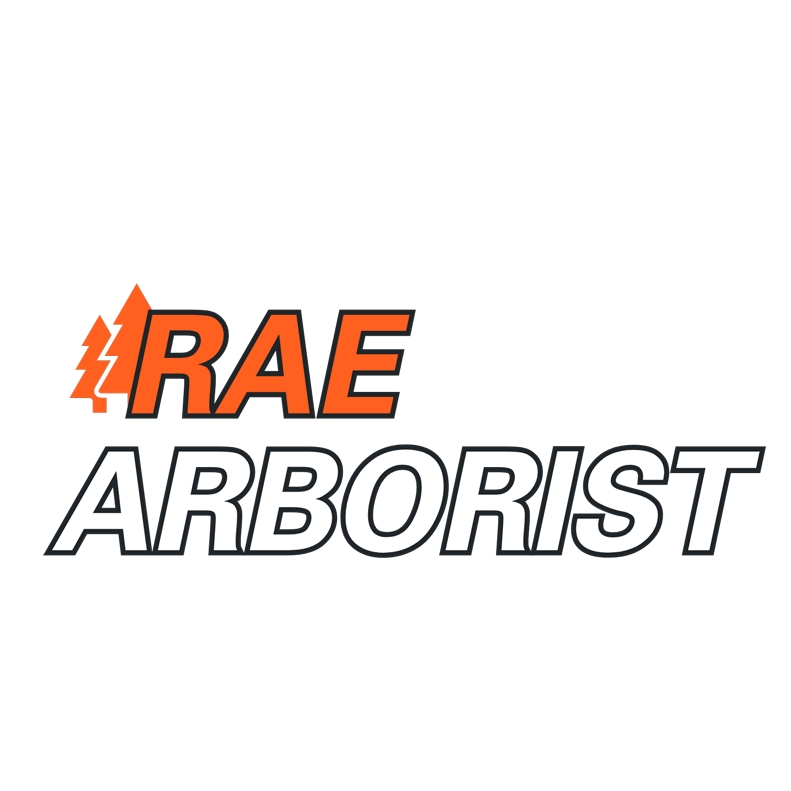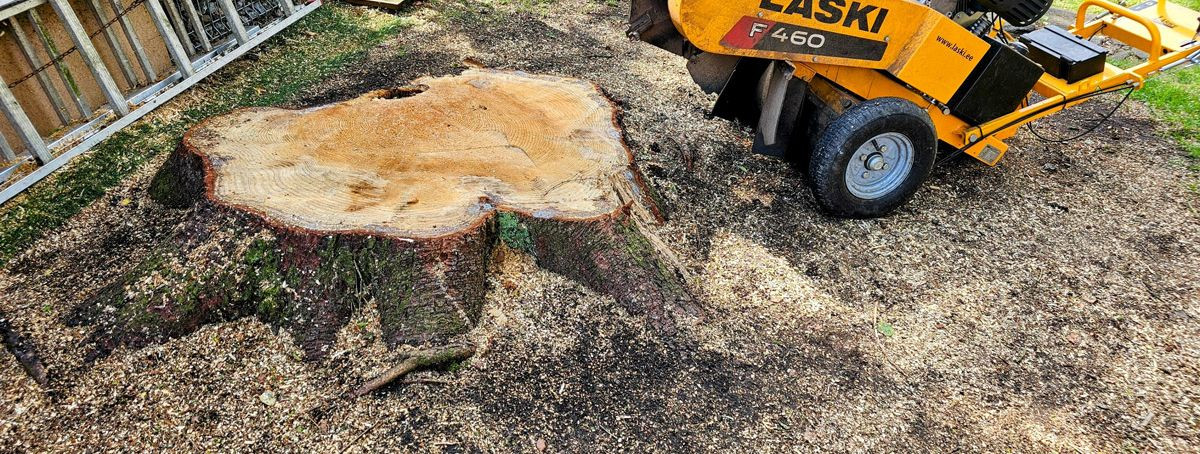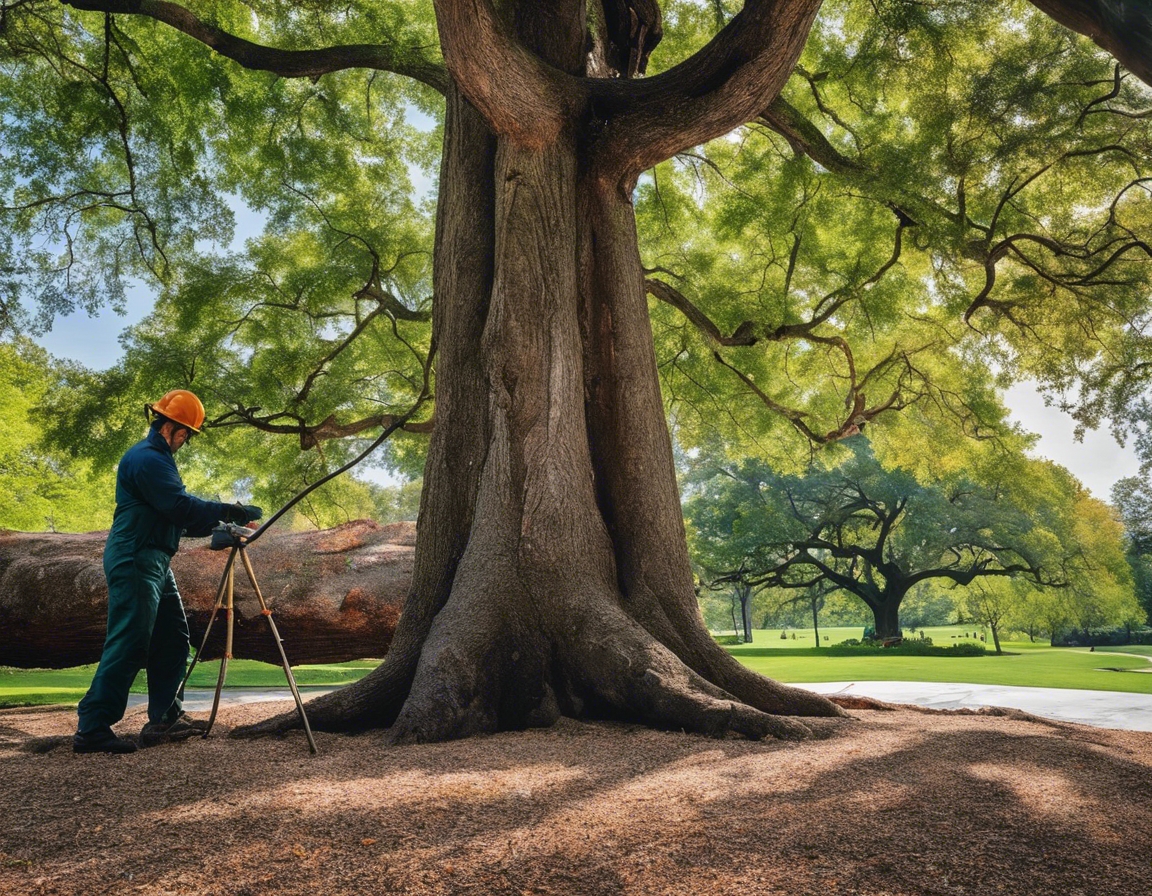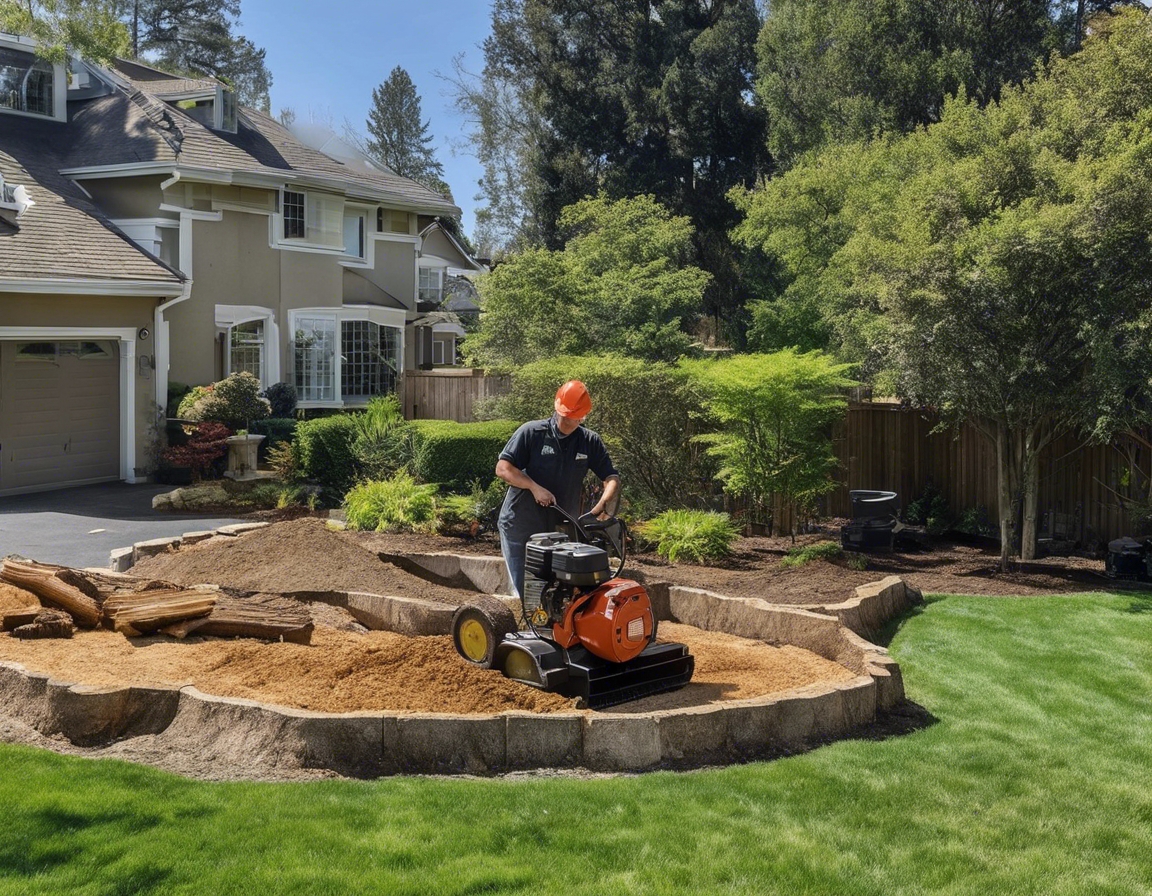How to identify dangerous trees on your property
Trees are a vital part of our environment, providing shade, beauty, and habitat for wildlife. However, when trees become dangerous, they pose significant risks to property and personal safety. Identifying hazardous trees on your property is crucial to prevent potential damage or injury.
Signs of a Dangerous Tree
One of the most apparent signs of a dangerous tree is physical damage. Look for cracks or splits in the trunk or branches, which can indicate structural weakness. Bark that is peeling or missing may also suggest underlying issues.
Fungi, such as mushrooms growing at the base of a tree, can be a sign of internal decay. This decay weakens the tree's structure, making it more susceptible to falling. Pay attention to any unusual growths or discolorations on the tree.
While some trees naturally grow at an angle, a sudden lean or an increase in the degree of lean can indicate root damage or instability. A leaning tree, especially if it is leaning towards a structure or high-traffic area, should be assessed by a professional.
Dead branches are a clear indicator of a tree in distress. These branches can fall unexpectedly, posing a danger to people and property below. Hanging branches that have broken but not fallen are particularly hazardous.
Roots are the foundation of a tree, and issues here can compromise the entire structure. Look for signs of root damage, such as soil heaving, exposed roots, or fungal growth around the base. These can indicate that the tree is not securely anchored.
Environmental Factors Affecting Tree Safety
Severe weather, including storms, heavy winds, and snow, can exacerbate existing tree weaknesses. After such events, inspect your trees for new damage or changes in their condition.
Soil erosion or compaction can affect a tree's stability. Ensure that the soil around your trees is healthy and well-drained to support their growth and stability.
Importance of Regular Tree Inspections
Regular inspections by a certified arborist can help identify potential hazards before they become serious problems. These professionals have the expertise to assess tree health and recommend appropriate actions to ensure safety.
When to Call a Professional Arborist
If you notice any of the signs mentioned above, or if you are unsure about the condition of a tree, it is best to consult with a professional arborist. They can provide a thorough evaluation and suggest the best course of action, whether it involves pruning, treatment, or removal.






Comments (0)